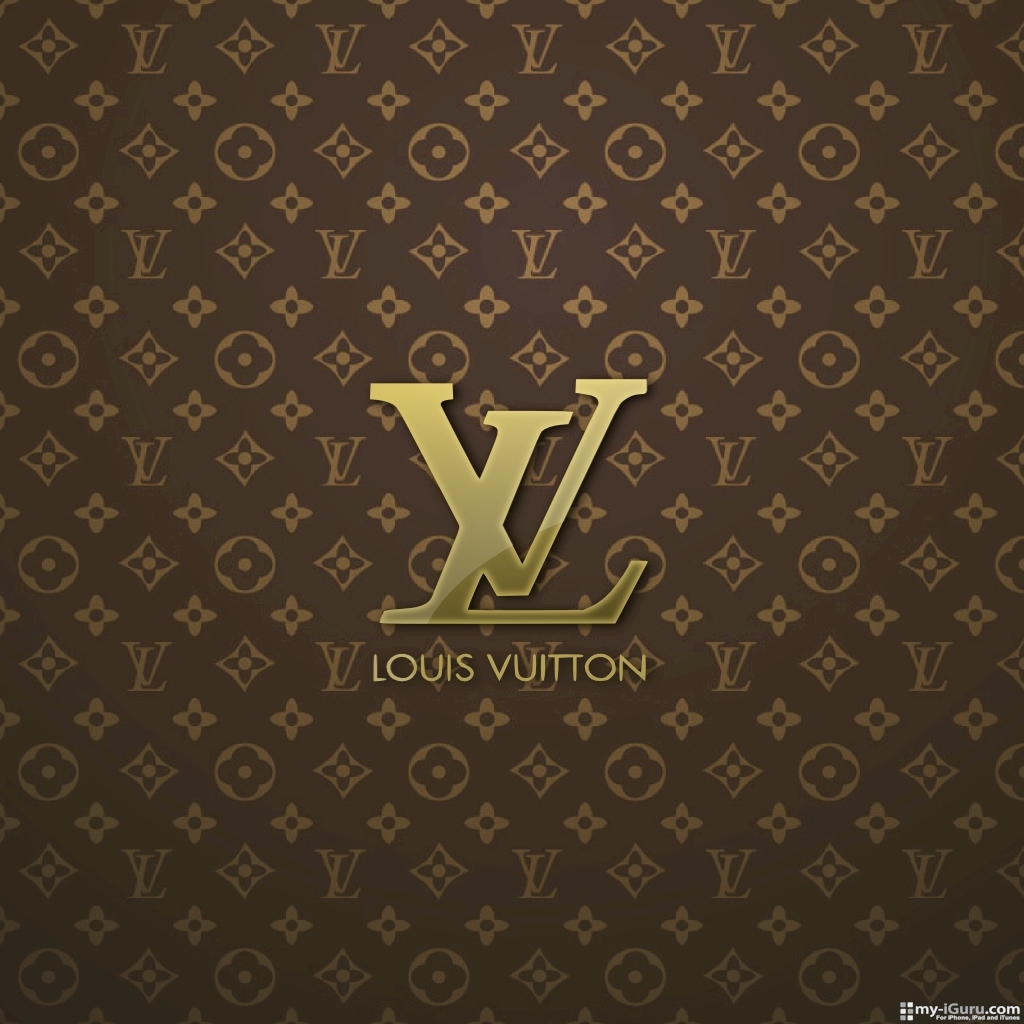The phenomenon of cool fascinates me. I have seen people in their conversations often spit out the word ‘cool’ to describe something that seems to enjoy high resonance and liking. The word’s usage is preceded by anything that eludes categorisation. It appears to be free from the floating currency of language as if everybody knows it and understands it. Anything like a shot on the cricket ground or a clothing ensemble on someone or an act on a street or a statement or décor of a room or hair cut or a brand is pronounced as cool. The meaning it contains is instantly decoded and recognised among members of a group but it appears to be a puzzle for the others. In a study I sought to explore and understand this cool phenomenon (Leveraging ‘Cool’ for Branding: Is It Paradoxical Juxtaposition or Radicalism?). As the title of the study suggests, cool was found to be paradoxical juxtaposition.
The culture which stands in bi-polar opposition of nature is created. It is a kind of lens through which the phenomenal world is seen. It helps people make sense. The beauty of culture is that it doesn’t operate at conscious level, rather, its presence is sensed upon moving into a different culture, and you say ‘oh god why do they do this, it is not like this’. This is as simple as- do you make a drink with water and ice or only ice. Body weight and its attractiveness are purely culturally defined. Sex is nature but gender is culturally constructed. Two important principles that help us understand the world are categories (male/female, work/leisure, good/ bad, ruler/ruled, dark/fair, cooked/raw) and principles (concept governing classification e.g. raw and cooked is about ready to eat or male/ female is strength and role, upper and lower class is about status or refinement (McCraken, 1986), Lord Krishna in The Bhagwat Gita also mentions categories or binaries (pleasure/pain, love/hate, happiness/distress). These divisions or categories and underlying idea are crucial to understanding and negotiating the phenomenal world. This is possible only when categories are perceived through lens of value or importance (fairness is good because of the belief that it confers advantage; vegetarianism is good because of the belief that killing is not good).

The intersection between categories and values provide blueprint for action. It is here that stories, myths and narratives become instructional. Accordingly members make choices to side with one cultural category or the other. Movies and stories are mostly developed around categories like good/evil, innocent/corrupt. These categories draw people to take clear sides depending upon interplay between overarching collective framework and an individual’s autonomy. We found cool does not radiate from conforming and being on either side of these binaries. On the contrary, it is sparked when binaries are juxtaposed.

Sometime back I came across two pieces one about menswear at Milan Fashion Week and regular office wear for women (Manish Mishra, Mint Jan 20, Feb 5, 2024). The dressing is implicitly governed by codes for men/women, office/sports/ morning/evening, classic/modern. So at Florence the designers showcased blending or re-contextualising code in menswear category: juxtaposing classic with playful touches. Here Prada and Simmons added as dash of colour to office wear, Dhruv Kapoor intersected sportswear with office wear and what characterised the show as sexiness in what otherwise has been masculinity in what men wear.

The other setting is dressing for office for women. Office dressing typically conjures images of a uniform which robs one off individuality, identity and uniqueness. Here binaries at play are uniform versus uniqueness. The “cool” strikes when the categories are skilfully juxtaposed. The prescription reported is that well fitted could be crossed with identity expressive colour or pattern or accessory. An office is a playground of masculinity/feminity, hard/soft side, sameness/difference, formal/informal. The idea behind uniform is about transformation of differences into sameness for efficiency and productivity gains. The idea of ‘me’ militates against ‘us’. It is here that cool is sparked when individuality is expressed as a subtle expression through textures, watch, socks, belt or scarf; not as sign of rebellion but reconciliation.
Brands can learn a great deal if their name is to be prefixed with Cool.
Which brand is cool to you?
















 Each aspect of the environment is laden with symbolism. Popular media as an important part of culture producing industry is a dominant supplier of identity construction resource. The expression of this process manifests in choices that people make – what we buy and how we behave. This influence is so subtle and sub conscious that it escapes conscious scrutiny. The codes of behavior are implicitly established. Bacardi has very successfully managed to create a new symbolism around rum and establish acceptance of white rum in the youth market. Relationship can only get sanctified if you wear a platinum band, so are you a part of group called ‘platinum people’? Love has got a new expression.
Each aspect of the environment is laden with symbolism. Popular media as an important part of culture producing industry is a dominant supplier of identity construction resource. The expression of this process manifests in choices that people make – what we buy and how we behave. This influence is so subtle and sub conscious that it escapes conscious scrutiny. The codes of behavior are implicitly established. Bacardi has very successfully managed to create a new symbolism around rum and establish acceptance of white rum in the youth market. Relationship can only get sanctified if you wear a platinum band, so are you a part of group called ‘platinum people’? Love has got a new expression.